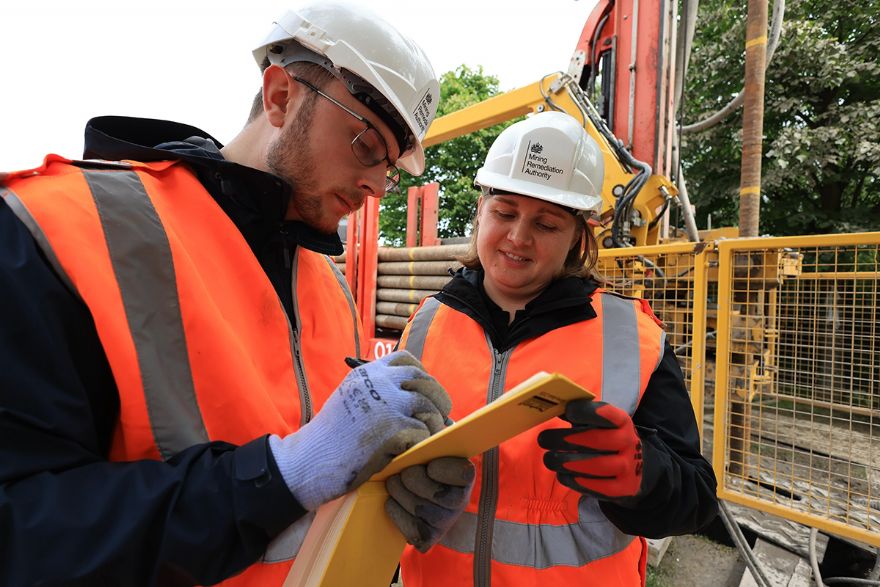
Six months after being launched, the UK’s first ‘mine water heat Living Laboratory’ is revealing insights into helping to ‘accelerate the safe and sustainable use of mine water as a clean heat source’, with data showing how much space there is to store water within the rocks underground and how easily this can flow through historical mine workings.
Dr Fiona Todd (pictured above), a geoscientist and lead of the Mining Remediation Authority project, said: “This is the first time we’ve been able to collect this kind of information inside real mine workings, and doing so is a huge step in understanding mine water heat resources, including helping us determine how much heat is available, how quickly we can extract it, and how sustainable it could be over time.
“As part of the new data release, researchers are also sharing CCTV footage from inside the boreholes, footage that is offering the first glimpse into old workings that haven’t been seen since they were last mined decades ago, while also showing water movement and structural features that bring scientific findings to life. It’s like opening a time capsule, but instead of coal what we are now extracting is knowledge — and possibly clean heat for generations.”
Monitoring boreholesHe continued: “These insights were made possible by using specialised tools that were deployed through monitoring boreholes at the Living Laboratory, which is located between three operational heat schemes in a shared mining block in Gateshead.”
Dr Todd said that using this equipment, researchers can see how water flows underground, measure how much heat can be stored and extracted, and understand how mine workings interact across a shared network. “Many of the tools used, such as caliper, gamma, density, temperature, electrical conductivity, heat pulse flow meter, and CCTV, are commonly used in water wells.
However, the team also used a cutting-edge technique called borehole magnetic resonance (BMR) — described as ‘an MRI scan for rocks’. This application marks the first known use of BMR in mine water heat research, and it is providing new insight into how water is stored and flows through underground rocks, which is crucial for understanding the heat resource.
“As well as routine temperature and chemistry monitoring results, this new geophysics dataset adds a new layer of understanding to the Living Laboratory’s mission to inform the future of sustainable mine water heat throughout Britain’s former coalfields and broaden the adoption of mine water heat as a viable, long-term renewable resource.”